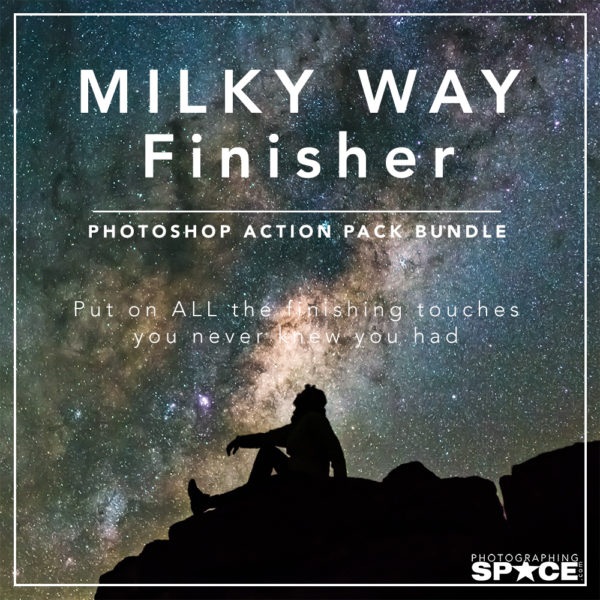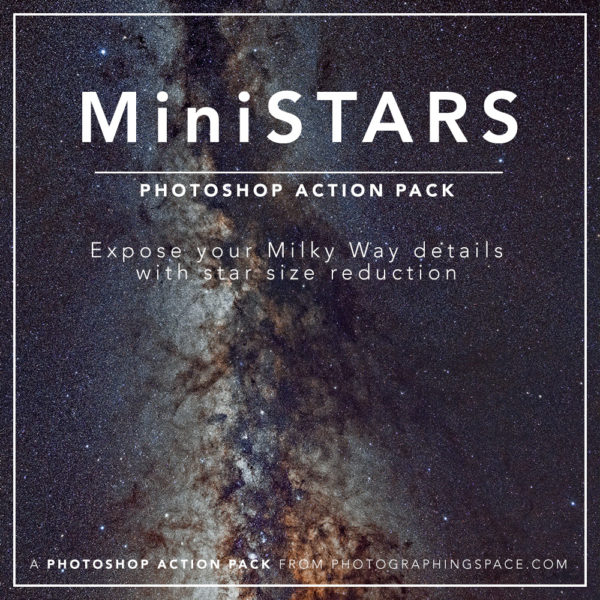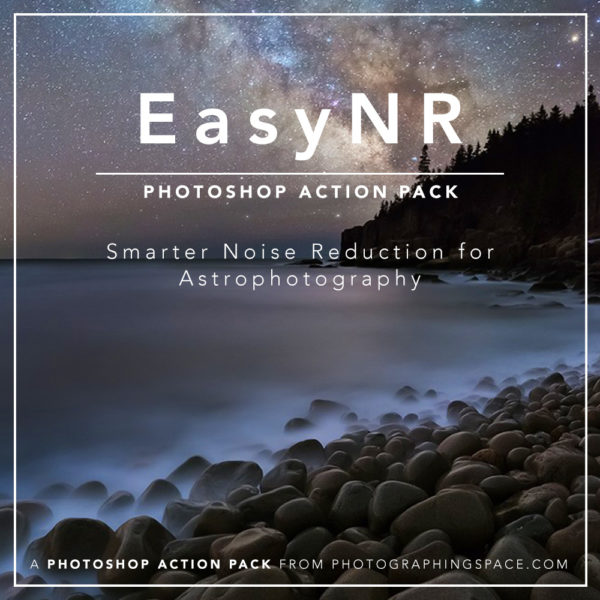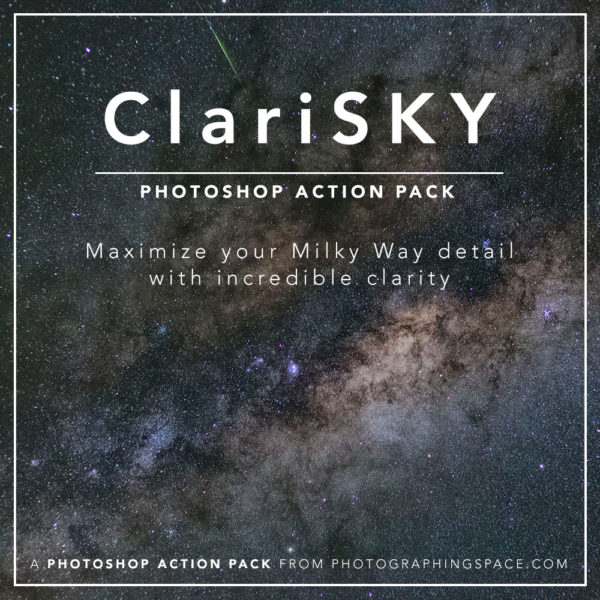Ever since I posted “Distant Lands” – how I’ve done the lighting remains a regular question that I’m asked.
How do I take an astrophotography self portrait?
The issue is around getting consistent lighting for a self portrait across a panorama with artificial lighting (the light source held by myself – the exploring figure). I’ve probably over done the explorer – but I like getting out to different locations. I am constantly trying different ideas when I’m out shooting, but it’s always important to get a “normal” shot. There are lots of other techniques and variations happening in the background that may not be readily evident.
In terms of self portrait images – I’d already done the figure holding a torch light beaming light into the skies. I went out to try something else that night with light painting techniques that didn’t work out so well for me (I was trying to do a a teleporter like Greg Gibbs “beam me up” – but I at the time was thinking about the logistics for a panorama, I’m sure that where I’m at now though – I’d be able to do something). This is where one of my philosophies of knowing as many techniques as possible came into play. I’m quite comfortable shooting with Speedlites and had a Gary Fong Lightsphere (amongst many other light modifiers) with me. First attempt – you can imagine it was take photo – go back to spot – take next photo. Thankfully I’ve got several tripods (and light stands, etc.).
How to do it!
So, how the process goes now is:
- Work out the composition. In a sufficiently dark location you can see the Milky Way band and for a panorama can work out where to appropriately stand. I take note about breathing space and light pollution sources.
- Take the key frame with myself in it.
- Replace myself with a tripod and put the light on top.
- Take the rest of the panorama.
Video
To demonstrate in terms of the imaging and processing, I’ve made this video:
Note: You can see the original article on my website.







Is field rotation an issue when taking a panorama such as this? Does the stitching make up for it? Lastly, is there a certain order you take the photos to minimize field rotation?
By the way, amazing photos!
Hi Andrew,
I just spoke with Michael about this and he concurred with me that field rotation is not an issue with these panoramas.
Cheers,
Cory
what Cory said 😉 sorry – been sick. I’ll have to confess I tend to shoot it clockwise (rotating with the Earth) – out of habit due to thinking about it when I started doing panoramas. But the blending process effectively blends it together anyway. Just don’t take too much time between shots 😉